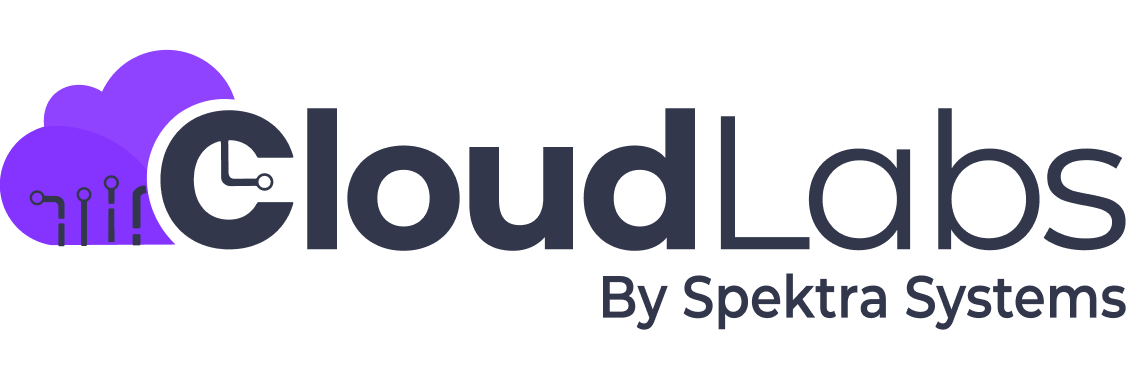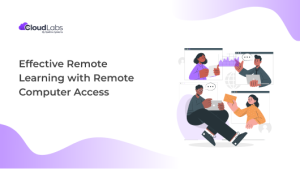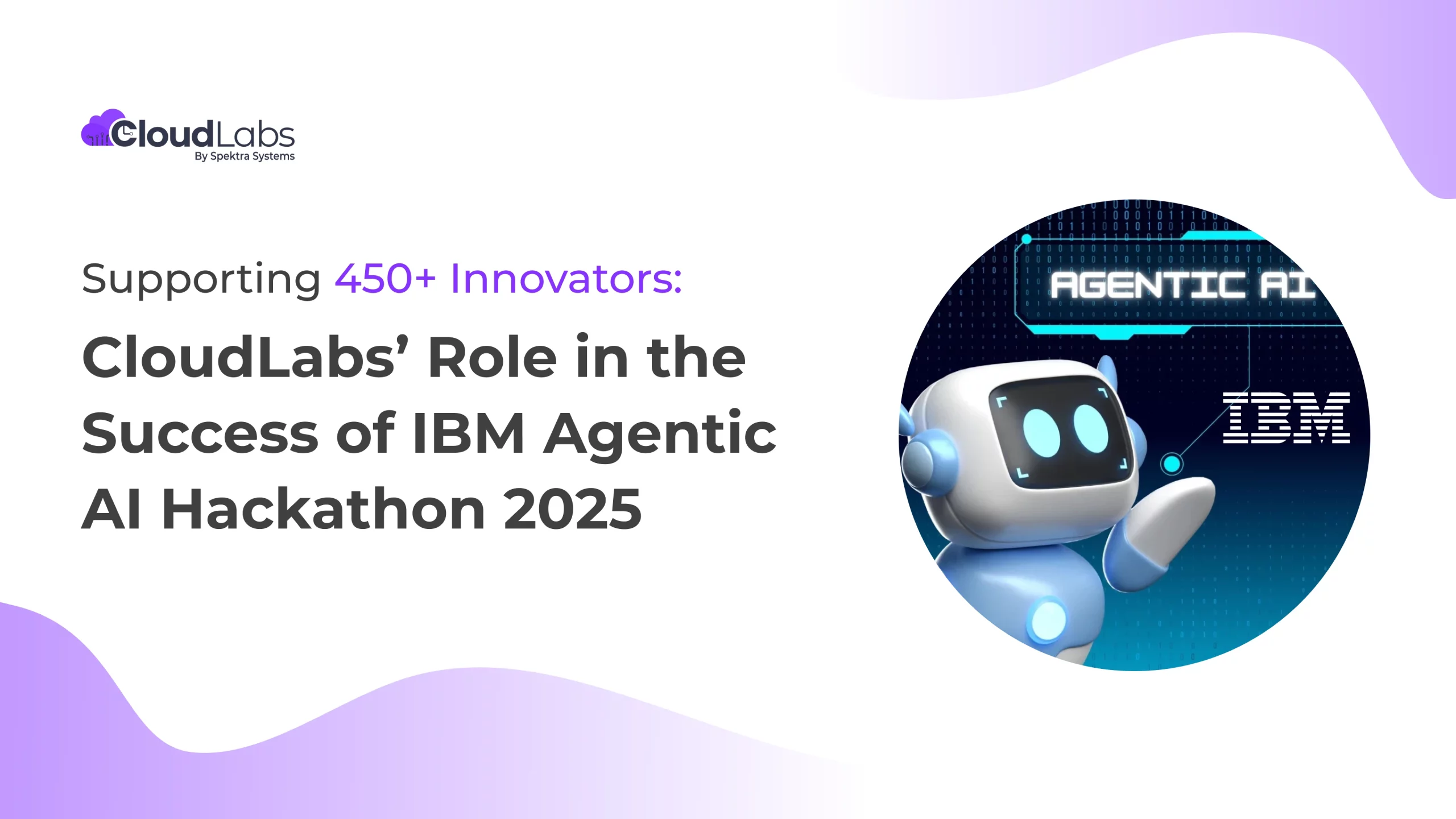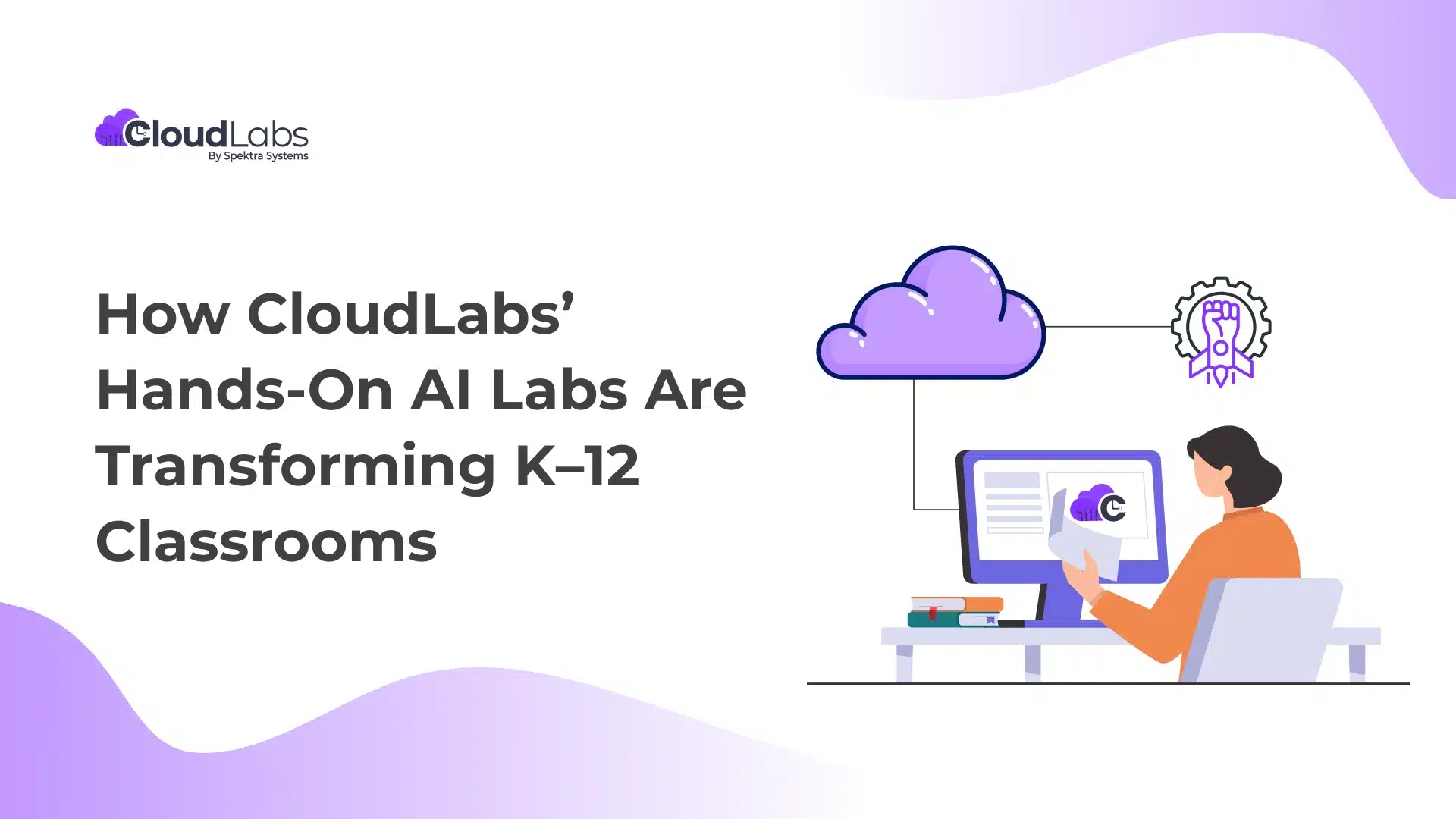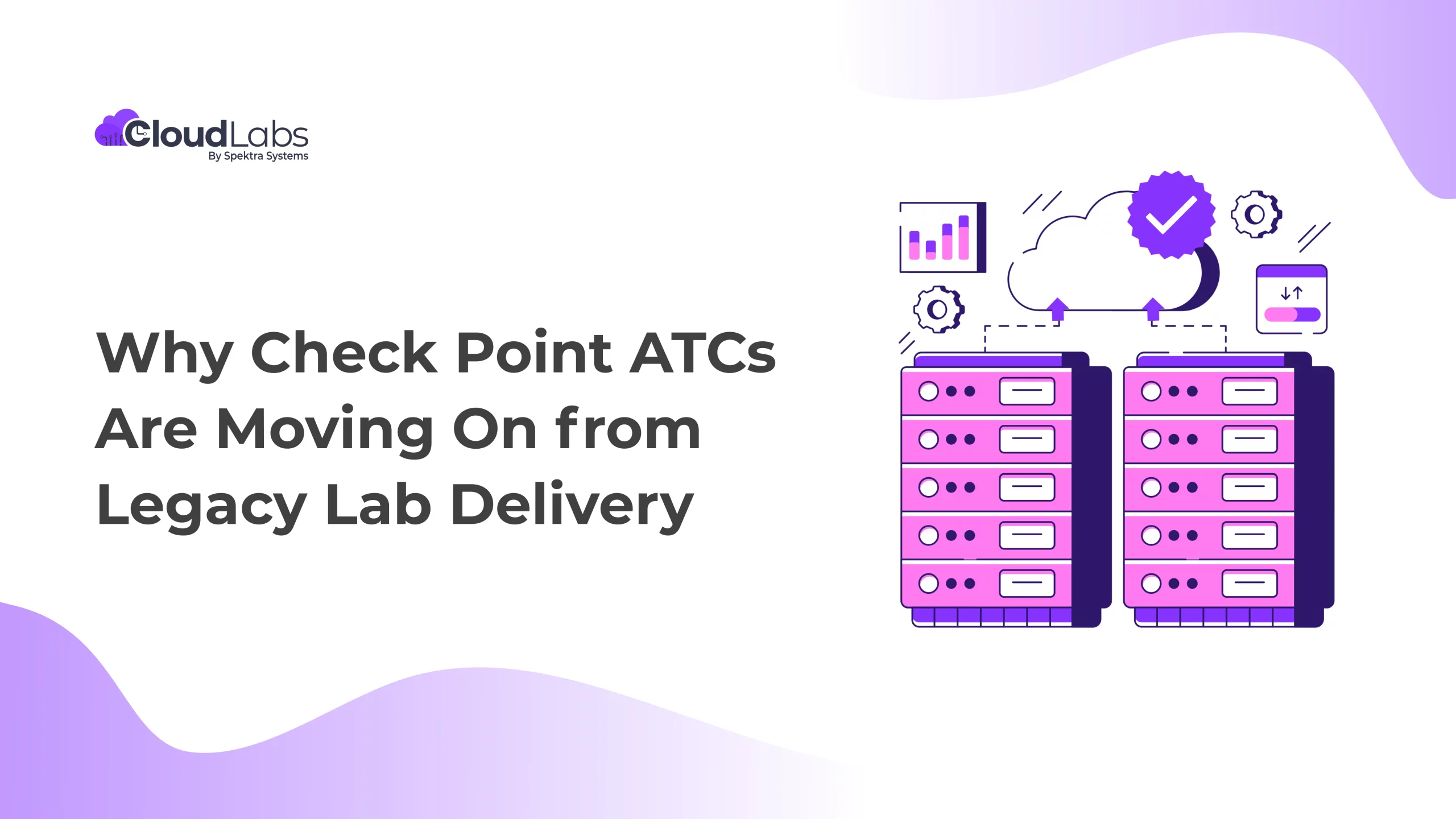Supporting 450+ Innovators: Decoding CloudLabs’ Role in IBM Agentic AI Hackathon 2025’s Success
Global AI hackathons are creating a buzz at present! These events act as a powerful way for companies to build a culture of new ideas and lead the pack in AI progress. Almost 80% of Fortune 100 companies host hackathons,...
